Art Deco at 100: The Enduring Influence of Design

As the world marks 100 years since the 1925 Paris Exposition that gave rise to Art Deco, the National Building Museum spoke with Steve Knight from the Art Deco Society of Washington to explore the movement’s origins, evolution, and enduring appeal. Together, we look at how a century-old design style continues to shape the way we see modern life.
The 1925 Paris Exhibition and Its Impact
When the International Exhibition of Modern Decorative and Industrial Arts opened in Paris in 1925, it dazzled the world with its vision of modern design. Unlike the industrially focused world’s fairs of the previous century, the Paris exposition placed the decorative arts, such as architecture, furniture, jewelry, and interior design, at the heart of its celebration. The event marked a pivotal moment in design history, elevating everyday objects and setting the stage for what would become known as Art Deco.

Before World War I, the height of European design was Art Nouveau, which embraced nature and organic, plant-like forms. That style waned as World War I approached. The war itself was the first mechanized conflict and an incredibly destructive period, which inspired post-war designers to approach their work with a new perspective.
Early Art Deco emerged as an evolution of Art Nouveau. Forms became more geometric, repetitive, and machine-like. Designers began to see the machine not just as a tool of destruction but as something that could positively contribute to society. Art Deco celebrated industry and the best of what technology could offer.
At first, the movement was centered in Europe, primarily in France, but also in Germany, Belgium, and England. The United States didn’t exhibit at the Paris Exposition, but American museum and design professionals attended, took note, and brought back objects and ideas. A traveling exhibition of these works toured major U.S. museums in several cities, introducing Art Deco to American audiences.
Cultural Forces Behind Art Deco
Emerging post-World War I, machinery and industry were the major cultural forces shaping Art Deco. Architecture in the U.S. evolved quickly after these influences arrived. At first, Americans were imitating European design. However, as times shifted from the Roaring Twenties to the Great Depression in the 1930s, American designers made the style their own.
Designers took something that had been expensive and exclusive, made from precious materials, and democratized it. This trend appeared largely through industrial and product design, which was just emerging as a profession. As electricity spread into homes, consumers wanted new products such as vacuum cleaners, radios, and toasters, and designers had to decide what these objects should look like. Even during the Great Depression, many Americans had stable jobs and consumer power, and manufacturers realized design was key to selling products. That made design, and Art Deco in particular, part of everyday life.


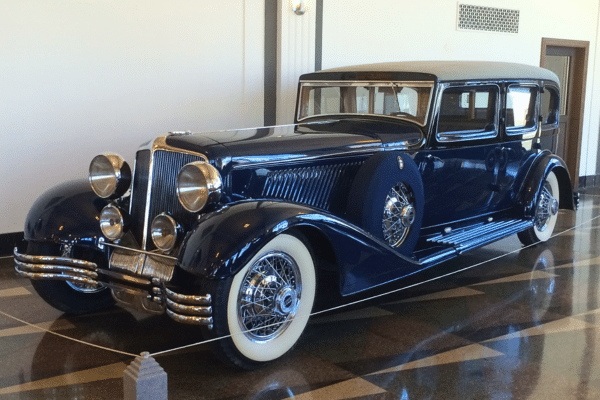

Defining Features of Art Deco Architecture
Art Deco evolved between 1920 and 1940, moving from highly ornamented to more streamlined forms. What ties it all together is the embrace of geometry, repetition, and the machine aesthetic. The designs reflect optimism, especially during the Great Depression, by looking forward rather than back.
The style has a notable use of color, more vibrant than in earlier design movements. New materials also appeared. Post–World War I manufacturing capacity led to experimentation with materials like aluminum, chrome-plated steel, and early plastics such as Bakelite. These were strong, lightweight, and affordable, allowing high-style design to reach a wider public.
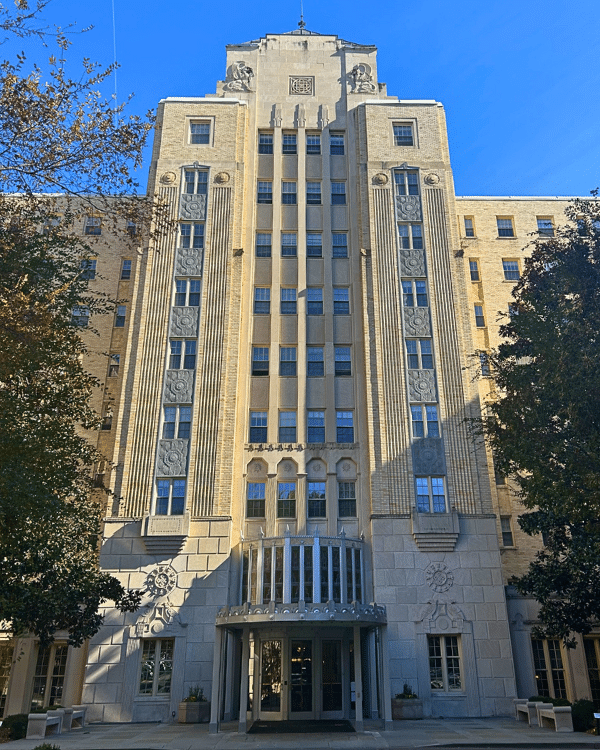

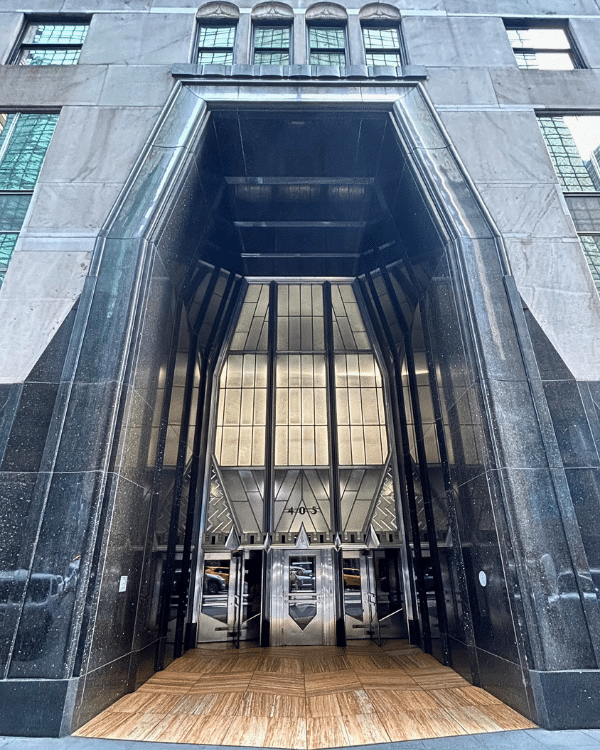



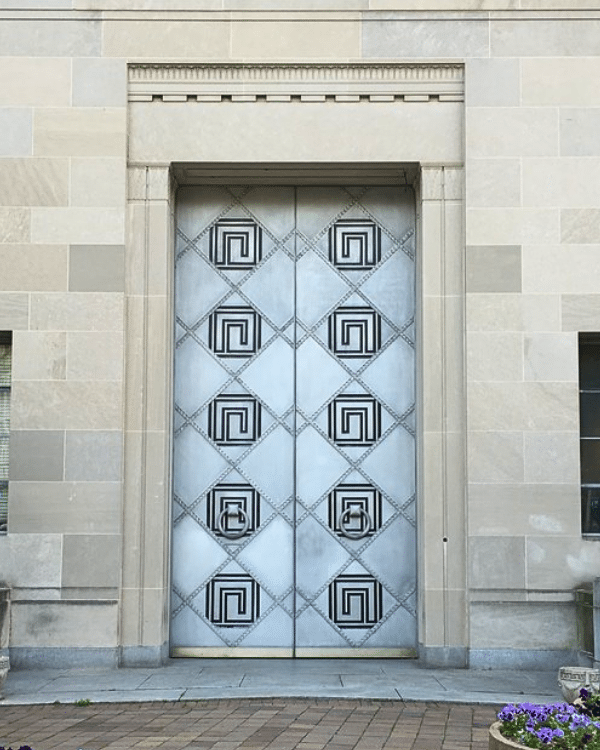

Art Deco interiors include bold geometric patterns such as zigzags, fan shapes, sunbursts, and stylized fountains or ferns. Radio City Music Hall’s carpet, with its radiating fan motif, is a classic example. Another hallmark is the use of “speed lines,” which are horizontal bands that create a sense of motion, often curving around corners. These details, whether in a railing or a doorknob, gave even small spaces a sense of dynamism.
Art Deco and Cultural Mood
Art Deco embodied optimism and accessibility. It wasn’t just new for novelty’s sake—it was forward-looking yet familiar. That balance made it appealing across classes and industries. It’s one of the few styles that feels both sophisticated and approachable. The geometry of Art Deco makes it accessible and engaging.
Art Deco is one of the few truly universal styles. It appears across architecture, furniture, fashion, transportation, and graphic design. The style unified so many aspects of the built and designed world, which is something that hasn’t been seen quite the same way since.
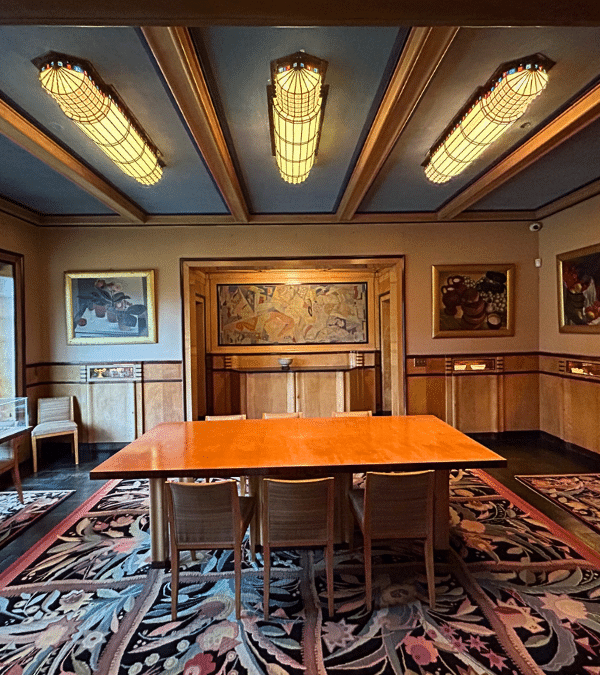



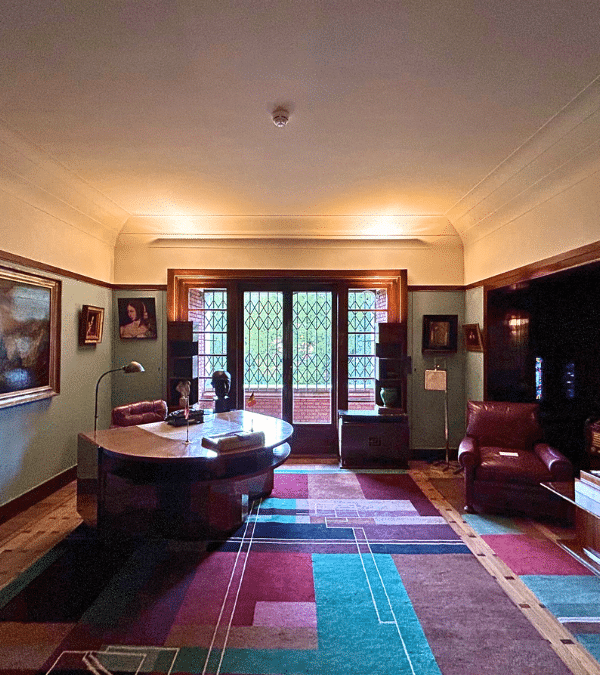

Art Deco’s Lasting Legacy
Art Deco’s influence is incredibly broad. In architecture, cities like Chicago, New York, Miami, and Washington, D.C., all have their own distinct interpretations of the style. It’s also found as far away as New Zealand, Europe, and Asia, with each place adapting it to local culture and landscape.
In the U.S., the style coincided with the rise of Hollywood. Cedric Gibbons, the art director at MGM, visited the Paris Exposition and brought back many ideas. His film sets in the late 1920s and 1930s helped cement Art Deco’s association with Hollywood glamour. Films from that period exported the look worldwide, influencing design internationally.
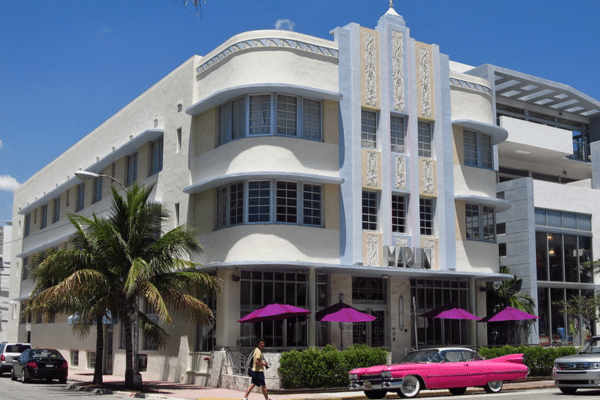

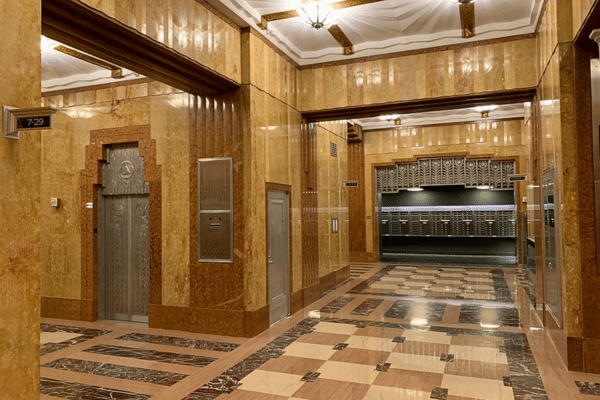

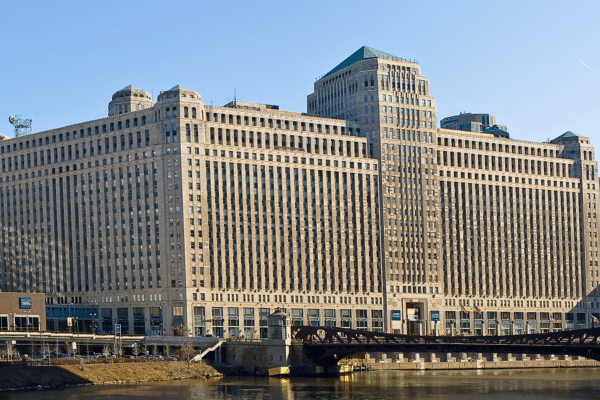

Art Deco Today
Today, Art Deco revivals are found in multifamily residential buildings, including in the D.C. area. Developments like the Park Van Ness on Connecticut Avenue, Hampden House in Bethesda, and The Waycroft in Arlington incorporate Deco-inspired elements. Many designers also blend Deco motifs into more eclectic contemporary designs.
Design trends are cyclical, and Art Deco has earned its place as a respected style. Interestingly, the term “Art Deco” didn’t even exist until the 1960s, when historians coined it from the Exposition’s full name: the Exposition Internationale des Arts Décoratifs et Industriels Modernes. It wasn’t until the 1980s that the style was widely celebrated again. As we mark the centennial of the 1925 Paris Exposition, revisiting Art Deco is both a celebration of its history and a recognition of its lasting influence on how we live with design today.
link

:strip_icc()/BHG195802032-50s-yellow-kitchen-fd8829b527a645818b1b737f909a5d6d.jpg)





